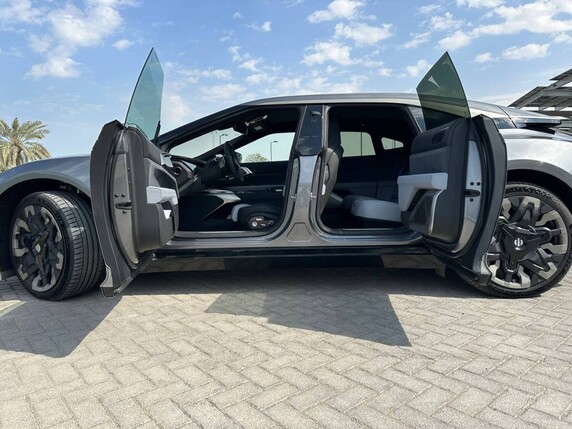
Your Comprehensive Guide on How to Lease a Car
Leasing a car can be a smart choice for many individuals who seek the flexibility of driving a new vehicle without the commitment of ownership. If you’re considering this option, it’s essential to understand the process thoroughly. In this guide, we will walk you through everything you need to know about how to lease a car, from understanding the leasing terms to finding the right deal. Additionally, for those traveling or living in the UAE, you might find it useful to How to lease a car in Baniyas Square rent a car in Abu Dhabi or consider leasing options available in the region.
1. What is Car Leasing?
Car leasing involves paying to use a vehicle for a predetermined amount of time, typically 2-4 years, without becoming the owner of the car. At the end of the lease term, you have the option to purchase the vehicle or return it to the leasing company. Unlike buying a car, leasing usually requires a lower down payment and offers lower monthly payments.
2. Benefits of Leasing a Car
- Lower Monthly Payments: Leasing typically results in lower monthly payments compared to financing a vehicle.
- New Cars: Leasing allows you to drive a new car every few years without dealing with depreciation.
- Lower Repair Costs: Most leased vehicles are under warranty for the lease duration, which can cover many repair costs.
- Flexibility: Leasing provides options at the end of the term, allowing you to either buy the car or lease another vehicle.
3. Key Terms to Understand

When leasing a car, it’s crucial to familiarize yourself with the following terms:
- Capitalized Cost: The negotiated price of the vehicle, which serves as the starting point for your lease.
- Residual Value: The estimated value of the vehicle at the end of the lease term, which affects your lease payments.
- Money Factor: This is essentially the interest rate on the lease, expressed as a small decimal.
- Mileage Limit: Most leases have mileage limits, common options being 10,000, 12,000, or 15,000 miles per year.
- Disposition Fee: A fee charged at the end of the lease for processing the return of the vehicle.
4. How to Choose the Right Car for Leasing
Choosing the right car is paramount in the leasing process. Consider the following steps when making your selection:
- Assess Your Needs: Determine your requirements, such as size, fuel efficiency, and features.
- Research Vehicle Depreciation: Cars that depreciate slowly are usually better candidates for leasing.
- Check Incentives: Many manufacturers offer lease incentives, such as lower monthly payments or bonuses for leasing specific models.
5. The Leasing Process
Here is a step-by-step guide to help you through the leasing process:
- Choose a Leasing Company: Research different leasing companies and their offerings. Look for a reputable dealer with good reviews.
- Negotiate the Capitalized Cost: Don’t hesitate to negotiate. Just like buying, there’s room for price adjustment.
- Review the Lease Terms: Before signing any contracts, carefully review all terms, including monthly payments, mileage limits, and any extra fees.
- Inspect the Vehicle: Thoroughly inspect the car for any damages or issues before taking possession.
- Final Signatures: Once satisfied with everything, sign the lease agreement to finalize the deal.

6. Budgeting for a Lease
Budgeting is a crucial part of leasing a car. Here are a few tips to keep in mind:
- Consider the total lease costs, including the monthly payments, insurance, maintenance, and any additional fees.
- Factor in the upfront costs, which may include a down payment, security deposit, and taxes.
- Calculate your annual mileage to select an appropriate lease that aligns with your driving habits.
7. Returning the Vehicle and End-of-Lease Options
As your lease term comes to an end, you have several options:
- Return the Car: If you choose to return the vehicle, ensure it’s in good condition to avoid potential penalties.
- Purchase the Car: If you love the car, you often have the option to purchase it at the residual value.
- Lease a New Car: Transitioning to a new lease is a common choice, allowing you to upgrade your vehicle.
Conclusion
Leasing a car can provide you with affordable access to a new vehicle while offering various benefits like lower payments and warranty coverage. By understanding the leasing process, familiarizing yourself with important terms, and planning your budget, you can make an informed decision. Remember to research your options thoroughly and don’t hesitate to ask for assistance from professionals in the industry to ensure you make the best choice for your driving needs.




